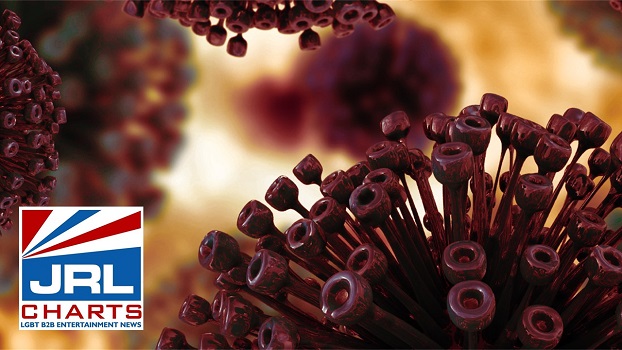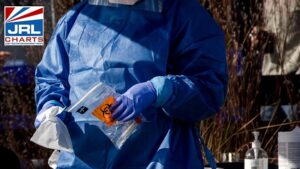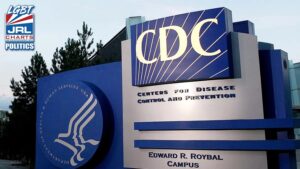LAS VEGAS — (04-23-20) — The Coronavirus COVID-19 pandemic that has turned the life in the U.S.A. upside down, could lead to increased STD and HIV rates, as the CDC shifts resources to combat the pandemic.
Access for the LGBTQ community in regards to STD and HIV testing and treatment services, have dwindled as local health departments shuffle staff to respond to COVID-19 pandemic.
Clinics have reduced their hours of operation or have cancelled outreach programs or have closed altogether.
“We are seeing a complete disruption to STD prevention here in the United States,” said David Harvey, executive director of the National Coalition of STD Directors (NCSD). “We expect to experience even higher STD rates as a result.” said Harvey.
As the CDC deals with the coronavirus COVID-19 pandemic, many of the 2,200 disease intervention specialists who work at local health departments tracking STDs and other infectious diseases have been reassigned reassigned to combat the pandemic.
Clinics that remain open, are reducing hours and limiting appointments, no longer accepting walk-in patients, reducing services or suspending outreach activities, according to the National Association of City and County Health Officials.
“Where does that leave our patients? It leaves them without access to services, leaves some of their infections untreated and it predisposes greater forward transmission of STIs and possibly HIV,” said Christopher Hall, an HIV care physician in Oakland, Calif., and medical adviser to the NCSD.
The coronavirus COVID-19 couldn’t come at a worse time in the fight against STDs and HIV infections. Record-high STD rates are themselves at an epidemic rate. Medical experts say that with a combined cases of syphilis, gonorrhea and chlamydia increasing for the fifth straight year in 2018, the pandemic is the last thing they wanted to be faced with.
Physical distancing requirements that are needed to slow the spread of COVID-19 make it difficult for departments to continue prevention efforts, like STD screenings.
An estimated 38,000 new HIV infections still occur in the United States each year.
In 2018, 37,832 people received an HIV diagnosis in the U.S. and 6 dependent areas
During 2010-2017, the annual number of new HIV diagnoses in the U.S. decreased 9 percent.
HIV diagnoses are not evenly distributed across states and regions. More than 50 percent of new diagnoses occurred in 48 counties; Washington, DC; and San Juan, Puerto Rico in 2016 and 2017.
Mid-size to major cities have already reported increases in STD cases, according to the National Association of City and County Health Officials.
Meanwhile, the Trump administration’s plan to end the HIV epidemic by 2030 has been put on hold as federal, state and local health officials shift all resources to combat the coronavirus response.
An estimated 1.1 million people age 13 and older had HIV in 2016, according to the CDC. On top of that, the Center for Disease Control say that there are 40,000 new infections reported every year.
Article by: Paul Goldberg, Staff Writer
Sign Up Below for #JRLCHARTS Breaking News and Follow @JRLCHARTS Daily on Twitter
- AUSSIEBUM: Introducing NZLC Men’s Apparel Commercial - April 24, 2024
- In Control (2024) Beau Butler, Kyle Fletcher Headline All Star Cast - April 24, 2024
- LatinBoyz Models Danny & Dimitrios Debut on Digital - April 24, 2024







